The Orphan Train-a Social Experiment Gone Bad
Between 1854 and 1929 the United States was engaged in an ambitious, and ultimately controversial, social experiment to rescue poor and homeless children, the Orphan Train Movement. The Orphan Trains operated prior to the federal government’s involvement in child protection and child welfare. While they operated, Orphan Trains moved approximately 200,000 children from cities like New York and Boston to the American West to be adopted. Many of these children were placed with parents who loved and cared for them; however others always felt out of place and some were even mistreated.
-
Trying to get children off the streets
-
During the 1850s there were thousands of children living on the streets of several major cities. The children were in search of food, shelter, and money and sold rags, matches, and newspapers just to survive. The children formed gangs for protection because life on the street was dangerous and they were regularly victimized. The police often arrested the children, some as young as five years old, and put them in lock up facilities with adult criminals. Determined to remedy the situation, the Children’s Aid Society and the New York Foundling Hospital devised a program to take children off of the streets of New York and Boston and place them in homes in the American West rather than allow them to continue to be arrested and taken advantage of on the streets. Because the children were transported by train to their new homes, the term “orphan trains” began being used.
-
-
 0:58
0:58
zacharydenman
1 year agoThe Orphan Trains happened between 1864 to 1889 transporting parentless infants from Mainland Europe
12 -
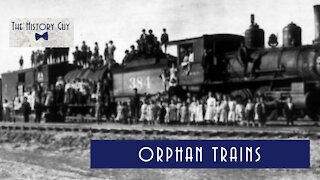 14:41
14:41
The History Guy: History Deserves to be Remembered
3 years agoOrphan Trains
2.44K13 -
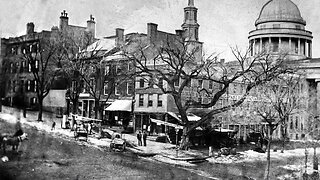 39:29
39:29
TheWarAgainstYou
1 year agoTHE ORPHAN TRAINS: Replenishing America’s Workforce. New York City. Seneca Village.
24.1K -
 28:25
28:25
Occult America 2024k
1 year agoBreaking Down the Little-Known Orphan Train Secret
344 -
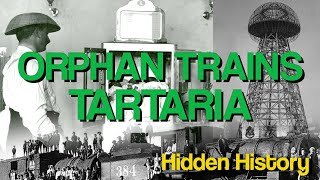 15:41
15:41
TheWarAgainstYou
1 year agoOrphan Trains - Children Of Tartaria. White Giants of America 3-16-2023
1.88K -
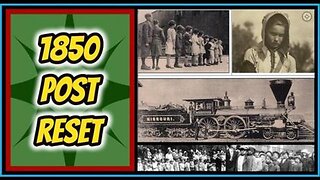 20:20
20:20
TheWarAgainstYou
1 year agoOrphan Trains (Populating Empty Cities)
30.6K3 -
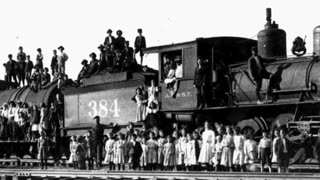 15:41
15:41
FlatEarther46
1 year agoOrphan Trains - Children Of Tartaria. White Giants of America
86 -
 0:54
0:54
zacharydenman
1 year agoOrphan Train Movement was used to transport infants in Eastern United States #orphantrains #america
28 -
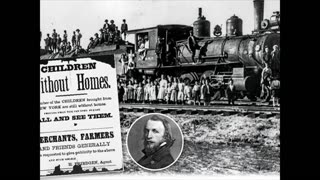 25:30
25:30
FlatEarther46
1 year agoOrphan Trains-Finishing the Last Reset
218 -
 14:15
14:15
Biological Medicine
1 year agoOhio TOXIC Train VICTIM Tells Her Story Clean Up Crew FAILS To Test For DEADLY CHEMICALS
1871